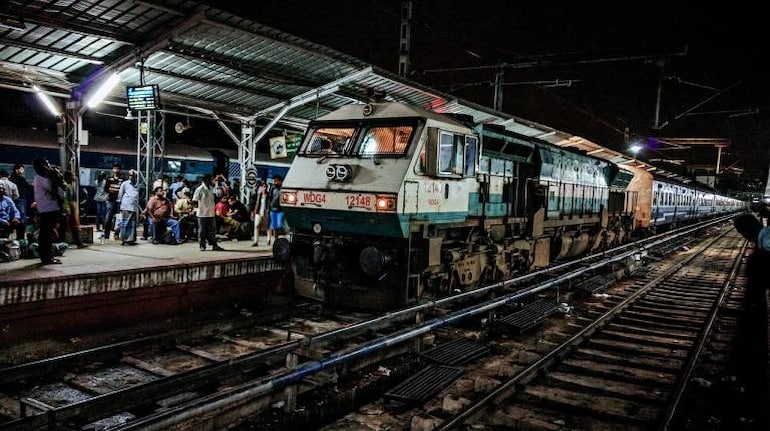



Limited train services for most of the year with no subsidies or concessions and severely tightening of expenses have led to the Railways better its operating ratio to 97.45 per cent in the financial year 2020-21 from 98.36 per cent the previous fiscal, according to an RTI reply.
Operating ratio is the amount spent to earn every Rs 100. The lower it is the better. It is used to measure the operational efficiency of any organisation. Higher the operating ratio, lower the financial resources available for expansion and growth. The improvement in the running costs of the Railways means the national transporter was able to lower its expenditure and make up for the shortfall in passenger traffic through revenue generated by freight operations.
Explained: How 4G spectrum will help Indian Railways and millions of passengers
"Operating ratio for the year 2019-2020 was 98.36 per cent… the operating ratio for 2020-21 has been calculated at 97.45 per cent on a provisional basis," the Railway Board said in reply to an RTI query by Madhya Pradesh-based activist Chandra Shekar Gaur. A railway spokesperson attributed the improved numbers to the strict monitoring of expenses by the national transporter which, he said, is a "combination of initiatives aimed at maximizing revenue receipts and minimizing controllable revenue expenses".
"The expenditure was monitored and regulated strictly in line with train operations. Investments made in the past seven years in electrification helped the Railways not only save substantially in diesel cost but also helped it to be a more environmentally conscious organization. "Other expenditure control steps included strict economy and austerity measures, improved manpower planning, better asset utilization, inventory management etc. These initiatives were further supported by higher freight revenues," the spokesperson said.
However, the Railways was aided in its austerity measures by the fact that it did not operate the highly subsidised passenger segment in full throttle in 2020-21. Till the end of the year, the Railways ran around 65 per cent trains with no concessions for any category of passengers, with the exception of a few, saving crores. It also saw a sharp decline in pension liabilities with the national transporter making an arrangement with the finance ministry to defer this expense.
With the electrification of major routes, the Railways also saved Rs 9,500 crore in traction cost over 2019-20. Similarly, savings of Rs 4000 crore were done through rationalisation and optimisation of duties. The Railways also saved Rs 3,000 crore last year as compared to 2019-20 by rationalisation and optimization of contracts and procurement of goods and services.
"Other revenue-enhancing measures, inter alia, include targeting progressively higher traffic throughput, expansion of commodity basket, effective and innovative marketing strategies to capture more traffic by business development units at all levels, optimum utilization of existing rail infrastructure, including rolling stock, enhancement in productivity and efficiency and focus on increasing the share of non-fare revenue sources in Railways' total revenue," the spokesperson said. With passenger carrying trains restricted, the Railways reported record freight loading in 2020-21 despite the challenges posed by the COVID-19 pandemic, which led to negative growth in loading during the lockdown.
Freight loading in 2020-21 stood at 1,232.63 million tonnes, up 1.93 per cent over 1,209.32 million tonnes the previous financial year, the Railway Ministry said. During 2020-21, revenue from freight loading for Indian Railways stood at Rs 1,17,386 crore, which is 3 per cent higher compared with Rs 1,13,897.20 crore in 2019-2020.
Discover the latest Business News, Sensex, and Nifty updates. Obtain Personal Finance insights, tax queries, and expert opinions on Moneycontrol or download the Moneycontrol App to stay updated!
Find the best of Al News in one place, specially curated for you every weekend.
Stay on top of the latest tech trends and biggest startup news.